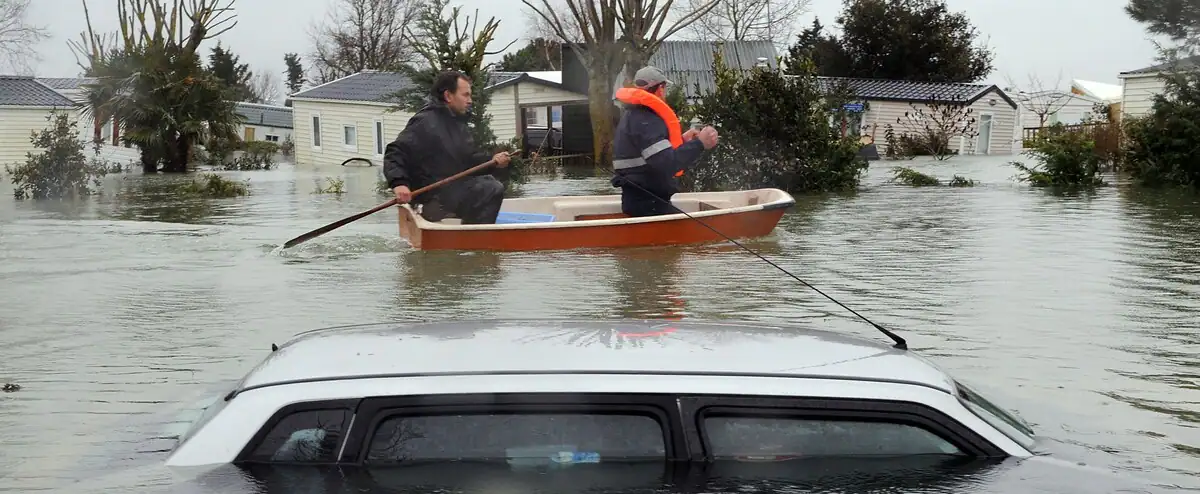Torrential rains, tornadoes or cyclones: to save lives, you have to warn of the imminence of danger. Within five years, the UN wants everyone on Earth to be protected by early warning systems.
• Read also: Plane crash in China: no trace of survivors, no black boxes
• Read also: Cyclone Gombe death toll rises to 53 in Mozambique
• Read also: Indonesia: hundreds of residents evacuated after an eruption of the Merapi volcano
An ambitious goal. A third of the world’s population does not currently have any of these systems to alert them to weather phenomena made even more violent by climate change.
In Africa, 60% of the population is not covered.
“This situation is unacceptable,” protested Antonio Guterres, the UN Secretary General, launching his coverage plan on the occasion of World Meteorological Day.
“Human-made climate change is now causing damage in all regions of the world,” recalls the head of the UN.
“Half of humanity is already in the danger zone” and “the frequency and intensity of extreme weather events will increase as global warming increases,” he predicts.
The Secretary-General therefore asked the World Meteorological Organization (WMO) to lead this effort and present an action plan by the end of the year, at the next United Nations Conference on climate change in Egypt.
Money well invested
The hedging plan is expected to cost around $1.5 billion. Money well invested, according to the international organization, in view of the damage caused by droughts, torrential rains or even tornadoes, cyclones and other hurricanes.
Wherever they exist, these alert systems are proving their usefulness, to enable the authorities to better prepare relief, to limit damage if necessary and to enable populations to take shelter.
“Strengthening forecasting capacities means helping everyone to develop their capacity for action”, underlined Mr. Guterres.
“Early warning systems save lives. Let’s make sure that all countries benefit from it”.
For Petteri Taalas, who heads the OMM, these systems offer one of the highest returns on investment of all projects to adapt to the upheavals linked to global warming.
According to a WMO press release, the number of recorded disasters has increased fivefold between 1970 and 2019, due to climate change, the increased number of extreme weather events, but also more effective warning systems.
“Thanks to better warnings, the number of lives lost has been reduced almost threefold over the same period, due to more effective weather forecasting and active and coordinated disaster management,” the statement said.
According to some estimates, being warned 24 hours in advance of an approaching storm or heat wave can reduce the damage by almost a third.
To respect the objectives of the Paris Agreements that the climate and if possible limit the rise in temperatures to 1.5 C° it is necessary “to reduce global emissions by 45% by 2030 to achieve carbon neutrality by the middle of the century ” , recalled Mr. Guterres, insisting on the need to overcome dependence on fossil fuels, and particularly coal.
The intra-African divide
“Thanks to warning systems, we can protect lives, we can protect property, infrastructure and the biosphere,” insisted Mr. Taalas.
In Africa, the situation is contrasted between the western part which is rather well provided, as are coastal states such as Kenya or Morocco, and the center of the continent which suffers from a lack of data.
But “we can only adapt to what we know,” Mohamed Adow, founder of the Power Shift Africa think tank, told AFP in early March.
“How do you create an early warning system for extreme weather events when you don’t have data?” he wondered.
